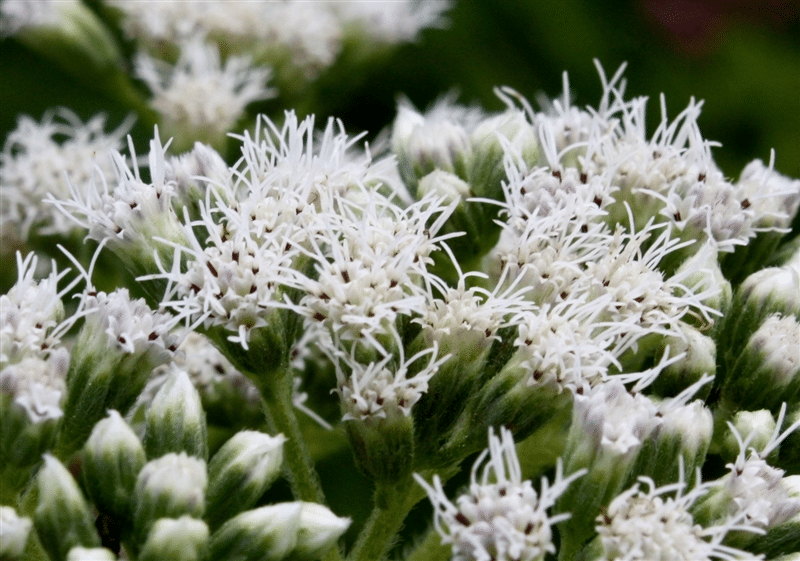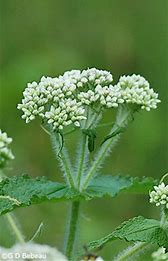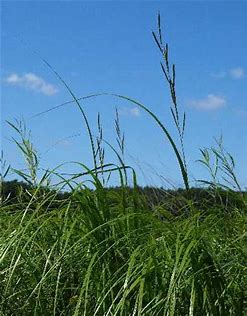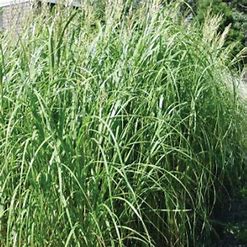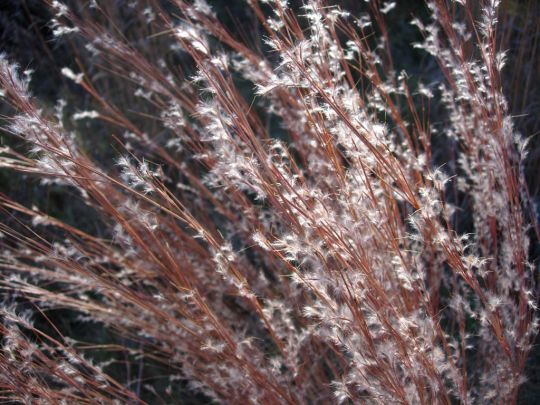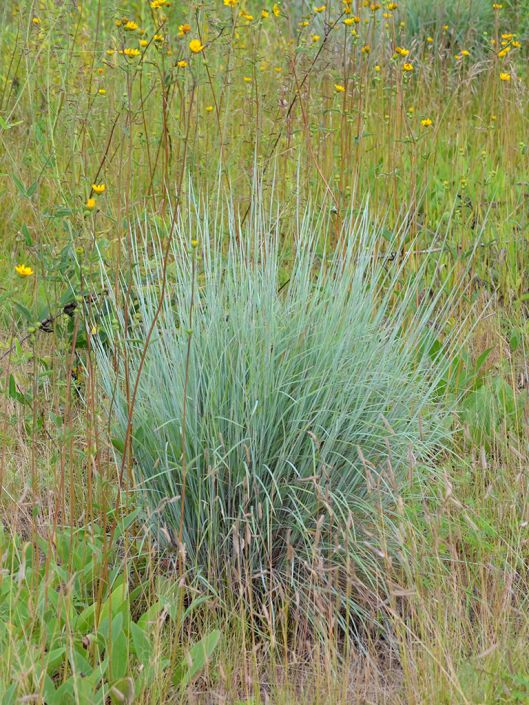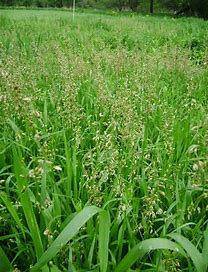Description
Growing in moist conditions, Boneset produces flat to roundish heads of white flowers. The stem is covered with long spreading hairs with leaves that are often joined at the base, appearing to surround the stem. Many different insect species are attracted to the flowers as the nectar is relatively easy to access. It is a large, hairy, clump-forming, native perennial which typically occurs in wet soils in low woods, thickets, stream banks, meadows and prairies. Flat-topped clusters (compound corymbs) of small, fluffy, white flowers appear above the foliage in late summer to fall. Perfoliate foliage is quite distinctive: the bases of the pairs of wrinkled, opposite, lance-shaped, medium green leaves unite to surround the hairy stems (perfoliatum, meaning through the foliage). Historically, boneset was commonly included in medical herb gardens and used as a folk medicine for treatment of flus, fevers, colds and a variety of other maladies. All parts of the plant are quite toxic and bitter. Also commonly called thoroughwort. There are no serious insect or disease problems. Foliage may scorch if soils are allowed to dry out. Boneset is used for borders, native plant gardens, wildflower gardens, cottage gardens, woodland gardens or banks of ponds or water gardens. It spreads fairly well from seed.
Click here for more information from USDA-NRCS.

